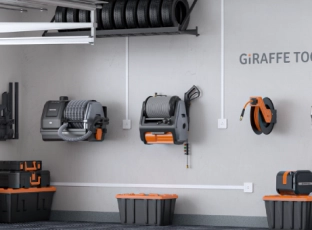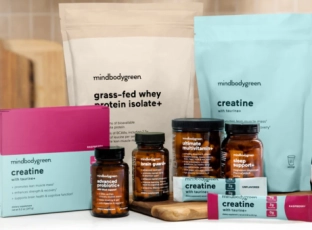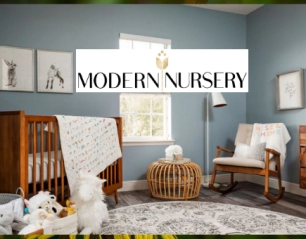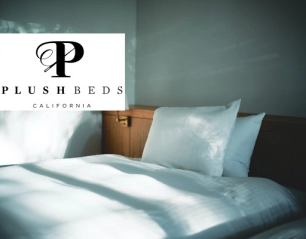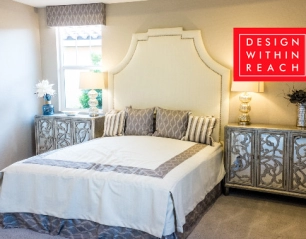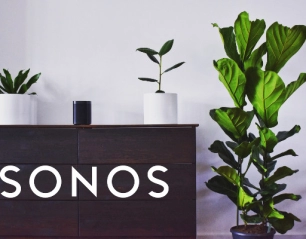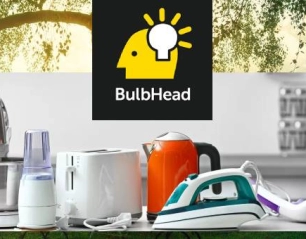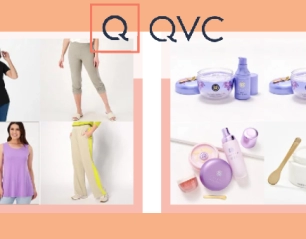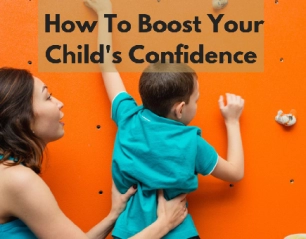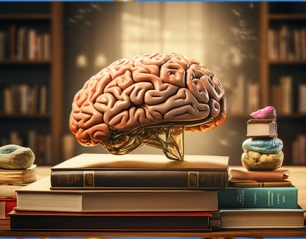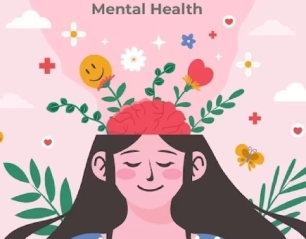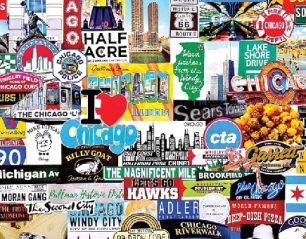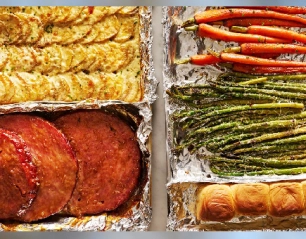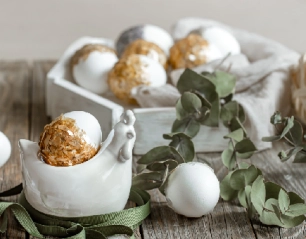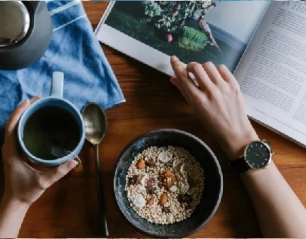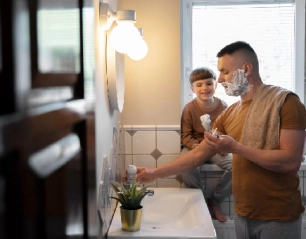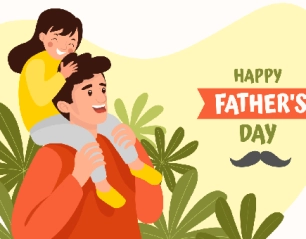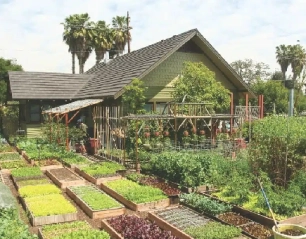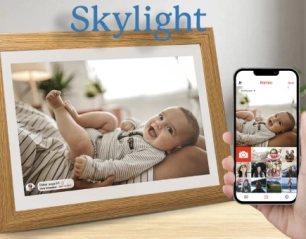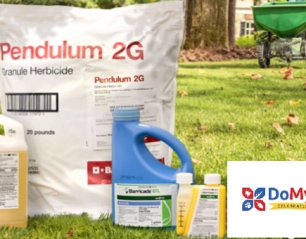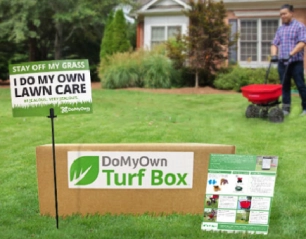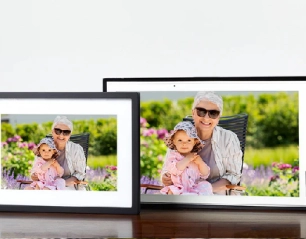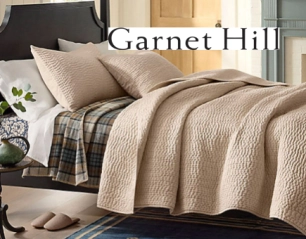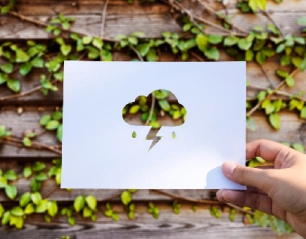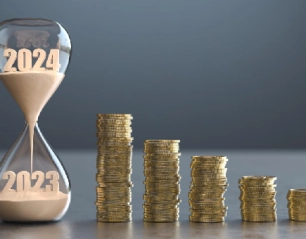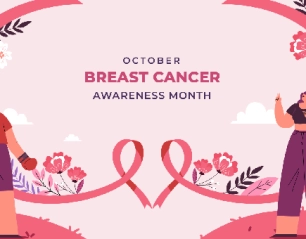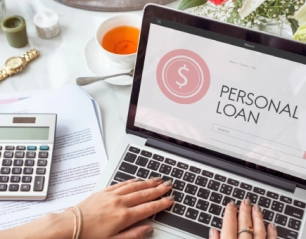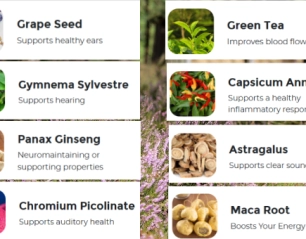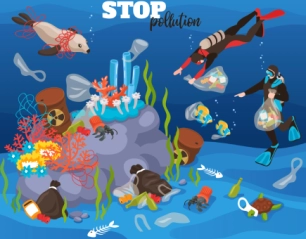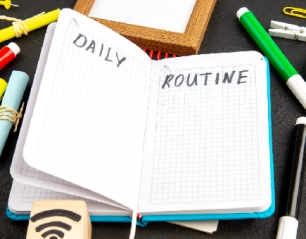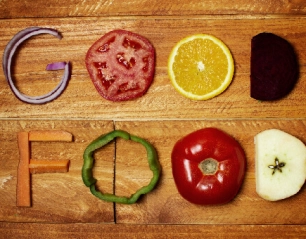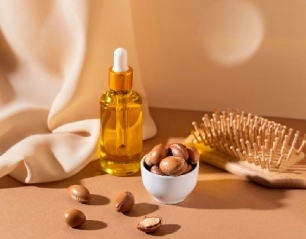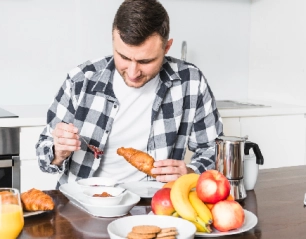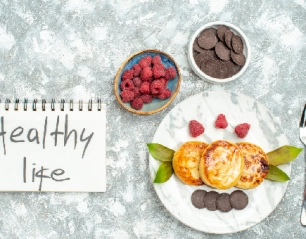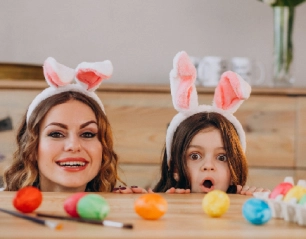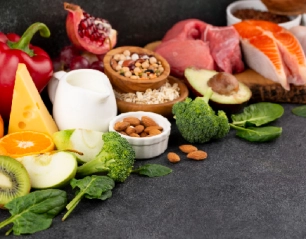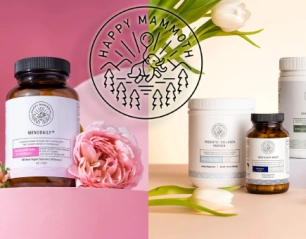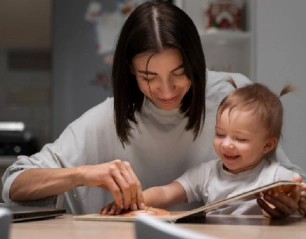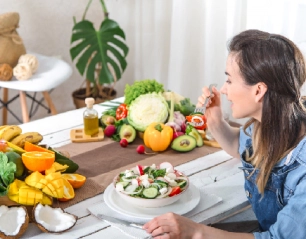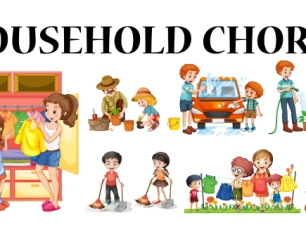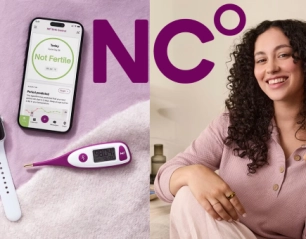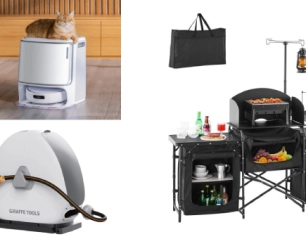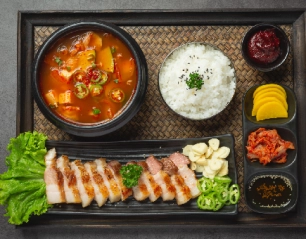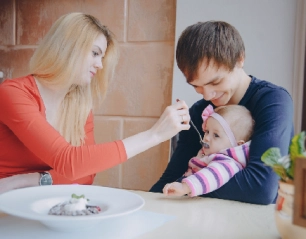We are living in a world that has been characterized by the rush, a sense of urgency, and continuous output, but a silent, yet very much deliberate, revolution is presently taking place, not one rooted in loud and violent expressions, but rather one based on self-awareness. This trend, which can be termed as the soft living, is spreading across the world as individuals, millennials and Gen Z are in dire need of replacing the burnout culture. In essence, soft living is about taking things slower, putting the focus on health, and giving up the drive to acquire instead of living peacefully. It does not involve laziness or evasion but taking control of one personally, mentally, emotionally, and physically. In the present-day world, which is becoming more and more chaotic, the soft life is a comfortable, protective escape.
An Escape to the Grind
Soft living did not appear just by the wind. It is a verbatim reaction to years- if not decades of overdriving. In the past years, burnout was celebrated through terms such as rise and grind, sleep is for the weak, and you can rest when you are dead. Effectiveness was defined by the extent of your tiredness, the shortness of sleeping and how full your schedule was. Overworking was a medal of merit worn by people. However, when the cost of such an attitude became more apparent, as seen through increased rates of poor mental health, constant stress, and waves of mass-resignations among employees, many of them started to wonder whether it was all worth the hustle.
The COVID-19 pandemic was an accelerator. Due to the global lockdown, which made people slow down, a lot of them also discovered that the life they were living was not seeing eye to line with their inner needs. Suddenly constant productivity did not appear so important. The times alone, having a cup of tea in the sun, reading as a leisurely activity, or simply existing without any expectations started to become special.
What is So-called Soft Living?
Soft living does not imply the absence of ambitions. It simply redefines ambition in such a way as to grant a person peace. You can continue chasing after your dreams and establish an effective career but not to the extent that your life is taken over by it. It is not a universal formula in soft living. Rather, it is a mentality. It is promoting people to make life easy, not crazy busy, peaceful, not hectic and a moment, not stressful. Soft living in essence wonders How do I live a good life that I feel good about? The following are some examples of soft living:
- Drawing boundaries around energy and mental space.
- Pacing things to enjoy the everyday routines, such as cooking, writing, or going out walking.
- Creating time in the agenda to create room to feel good and since.
- Making choices, self-reflection, and emotional regulation are the number one priority.
- Relaxing toxic productivity, and getting rid of the need to always show worthiness by working.
Soft Aesthetics of Living
A significant portion of the emergence of soft living is associated with social media, in particular, TikTok, Instagram, and Pinterest. Cultural creatives have made the trend of soft life aesthetics widespread, using peaceful imagery of minimalist houses, gradual mornings, matcha lattes, sheer textures, and ethical routines. Although an aesthetic can be criticized on the basis of being overly curated or limited, to many, it can be aspirational. It is a visual experience showing that peace can be pretty and available.
The so-called soft life trend, in particular, has struck a chord with Black women and women of color, who have been historically called upon to undertake the emotional labor, resilience, and the burden of generation. Their idea of softness is radical, a repossession of the concept of rest, gentleness, and happiness as the world asks to be strong even at the cost of health.
Heart Intelligence on the Headboard
Not all that is soft living has to do with us changing our outward habits; it goes on the inside, as well as on the outside. The most important factor in such a lifestyle is emotional intelligence, or being able to perceive your feelings, and control them consciously. Individuals who live a soft life tend to develop some form of self-awareness, count their blessings daily, and also do therapy or self-coaching. Their learning was to disassociate the guilt and the rest and to eliminate their perception of laziness.
When people pay attention to emotional regulation, they respond instead of react, to take a break instead of panicking. Such a shift leads to the strengthening of bonds, more active dialogue, and the overall feeling of peace which extends beyond a single person.
Releasing Unhealthy Expectations
It may be an uncomfortable thing to those who grew up knowing that self-worth was associated with suffering or success. Soft living helps to have a healthier relationship with oneself and the world by contrasting the stories of over-functioning. Becoming purposefully off-putting to the demands of society is probably one of the most liberating ways in which soft living is so great. A concept that a person should be constantly available, in motion, or constantly making sacrifices for the needs of the individual is broken down. Soft living says:
- It is okay to relax.
- It is alright to say no.
- It is not necessary to follow every opportunity in order not to miss anything.
- And there is nothing wrong with doing them just because they are good.
The Economics of Soft Living
The soft life has some criticism in terms of the privilege attached to it. The fact is that not all people have the possibility to spend their money on going to a spa, pay people to do things, and live without financial pressure. It is not about the luxurious needs but more about the deliberate decisions. Elements of soft living can be practiced by anyone irrespective of financial status. Naturally, even the tiniest steps such as breathing purposefully before getting into the day can bring about major shifts. Soft living may appear like:
- Refusing extra time at the workplace to stay with the family.
- Taking a lower-sustaining employment with improved work-life harmony.
- Walking in nature rather than scrolling aimlessly.
- This effort by cooking your food is an activity of self-care, it is a subtle way of deciding to live a better life.
- Sleeping in early hours and denouncing the act of feeling guilty over it.
Culture Transitions & Opposition
The soft life does not find support in everybody. Resting is likened to laziness in certain cultures and there is still an idea that slacking is an act of admitting defeat. Opponents indicate that the world is too competitive to be soft. Which is why, and ironically, this is why the world is so hard we need soft living.
This movement has nothing to do with avoiding reality; it is about approaching reality with resilience that should not be based on depletion but a renewal. A rested mind is more aware, thinks better, clears its problems better, and understands others better. Soft living does not debilitate the people; rather it makes people stronger by rooting them on the ground.
Down-to-Earth Guidelines to a Less Firm Life
Soft living is not a place but an activity. There is no need to make it perfect, you should simply start. And so to those who are interested in soft living here are a few accommodating suggestions:
- Take the morning slow: It is not wise to just dive into the emails or notifications. Take a hot drink, or stretch.
- Appoint rest: There is nothing more important than rest and have it in the calendar.
- Unplug: The unplugging will assist you to connect again- institute mindful technology rules.
- Streamline activities: Get rid of the things you do not need to do or things that do not fuel you.
- Feel happiness: incorporate minor, pleasurable activities into everyday life, such as dancing, painting, or even taking care of plants.
- Learn to say no: Being able to say no does not make you a nasty person; do it with sincerity and consideration.
Future of Soft Living
The pandemic has brought a mental health emergency, and it must be noted that it has only contributed to burnout, hence, soft living is no longer a trend, but a survival strategy. Employers are also drawing attention, and some of them introduce a 4-day working week, mental days off, and opportunities to work under less strict schedules. Emotional education is creeping into school education. Staying healthy is not an option anymore. The emergence of soft living can serve as a possible convergence towards a cultural change in which in the absence of production, value lies in how well one balances his affairs. It is an indication that you desire to live not only longer but more importantly more meaningfully and joyfully. Instead of the question of defining how to be the most successful, people now want to know how to be the most whole.
Conclusion
Soft life means not getting out of reality but re-inventing it. It sends us on a trip to the fantasy of the world in which there is nothing sacrilegious about rest, nothing disrespectful about emotions, nothing hasteful about living. The adventure of soft living is individual, effective, and achievable, as people go through the chaos to tranquility. In a tough world, it is not cowardly to be kind, it is smart.
Must read this: Unlocking the Power of Eufy: Smart Solutions for Modern Living
Frequently Asked Questions (FAQs)
No, soft living is not the evasion but the willful rest. It promotes mental and emotional well-being.
Yes. Soft living is not a way of stopping work and duties but a way of thinking and proportion.
Not by a very great deal. Soft living is available to every person who just wants to have peace and balance, regardless of gender.
Was this helpful?



